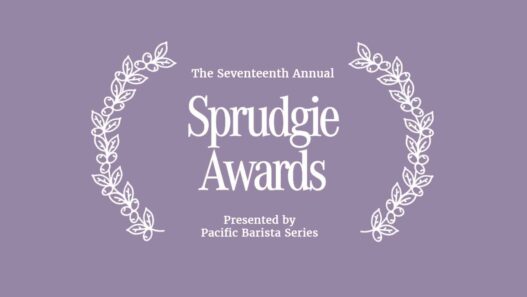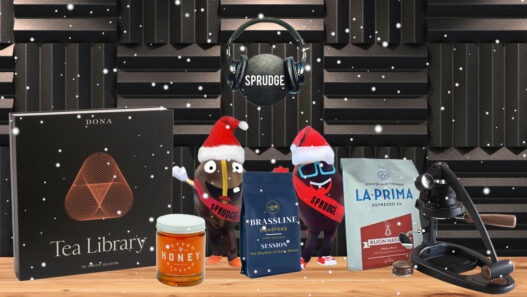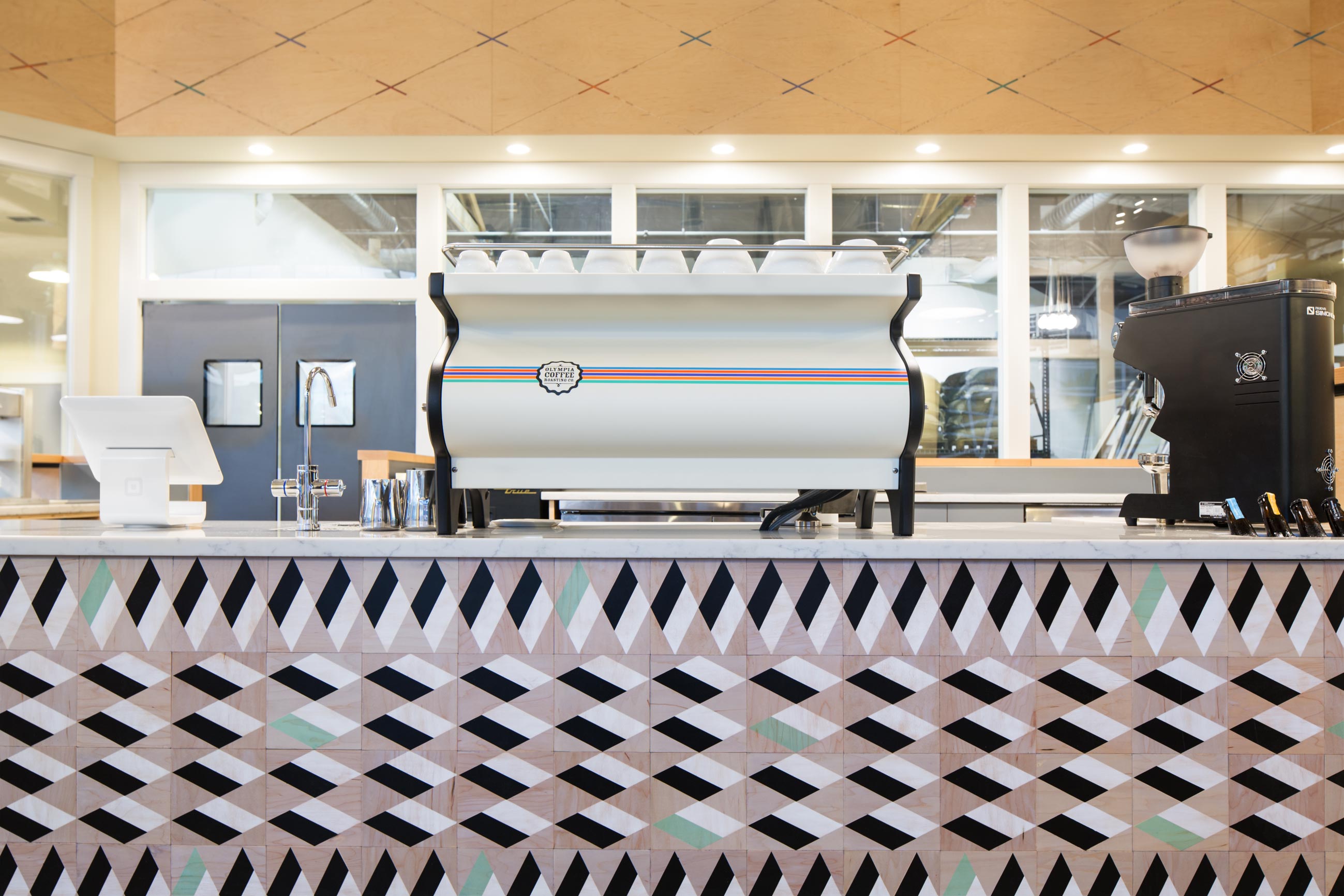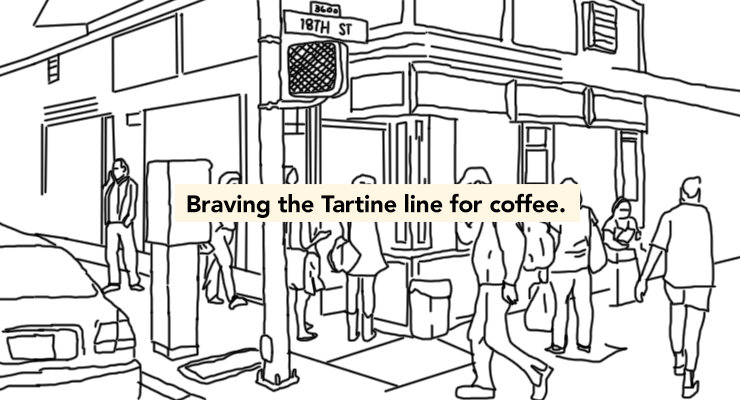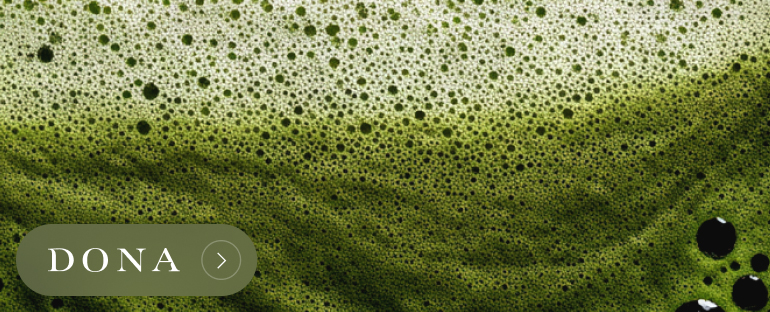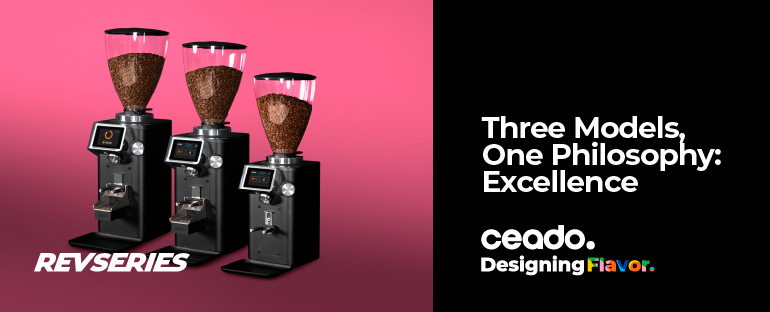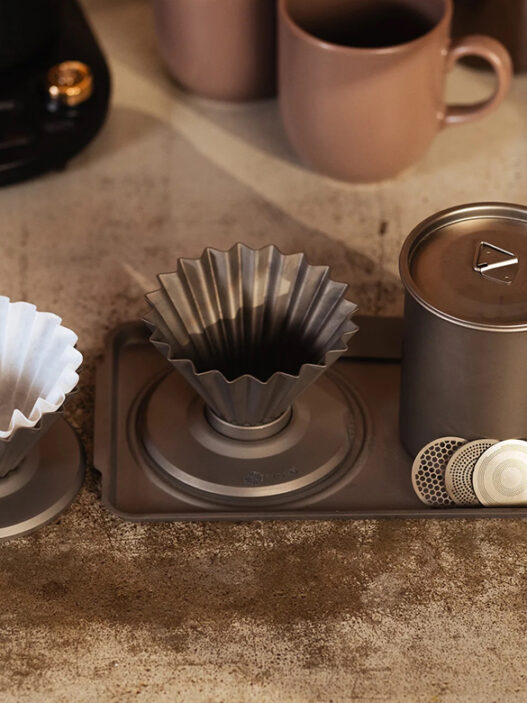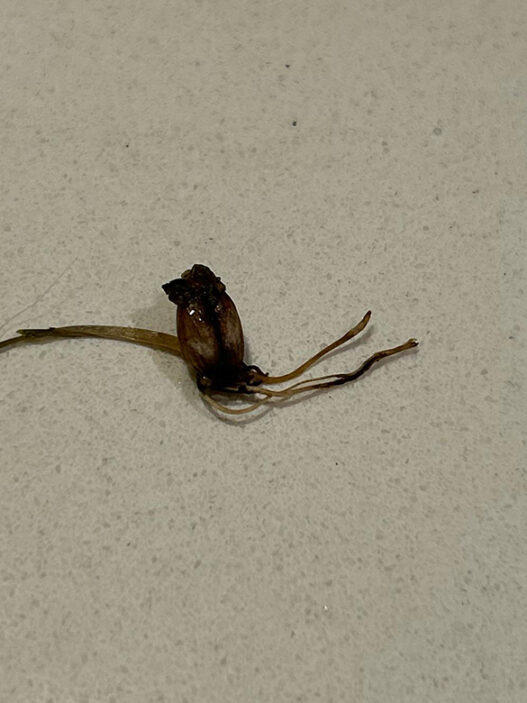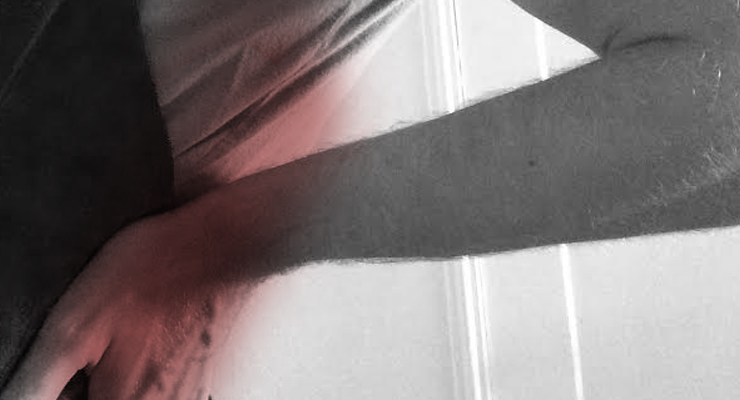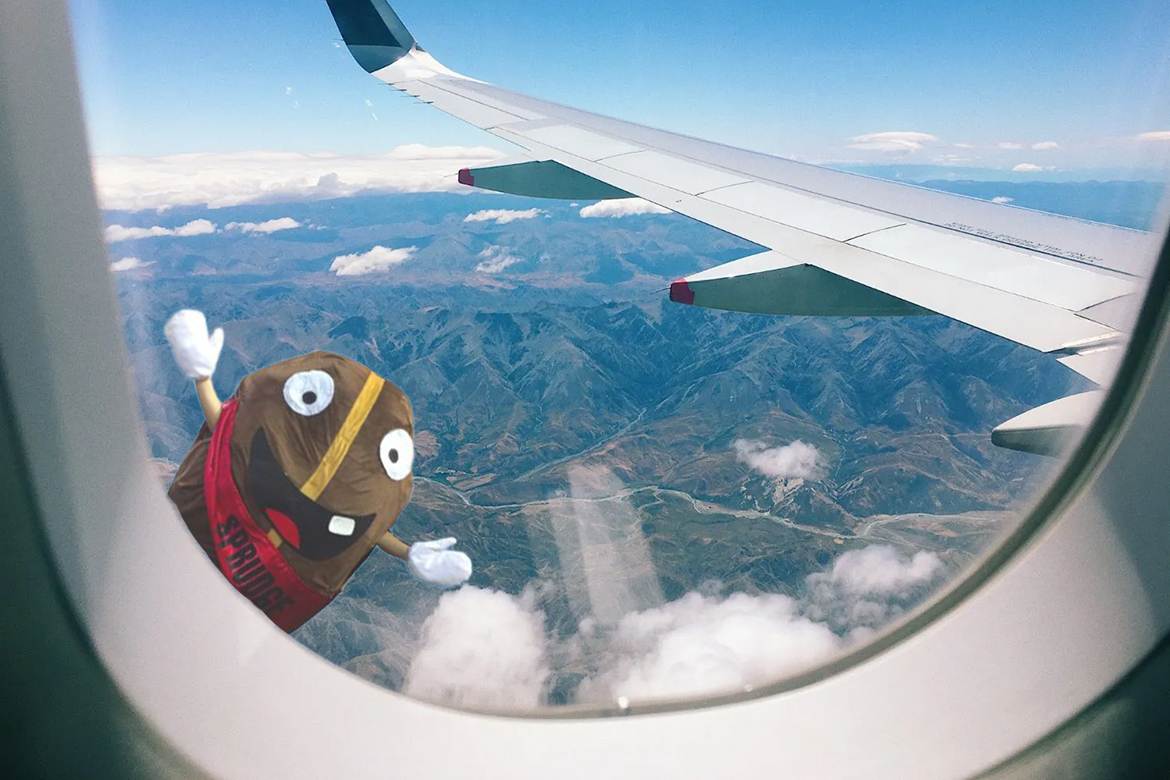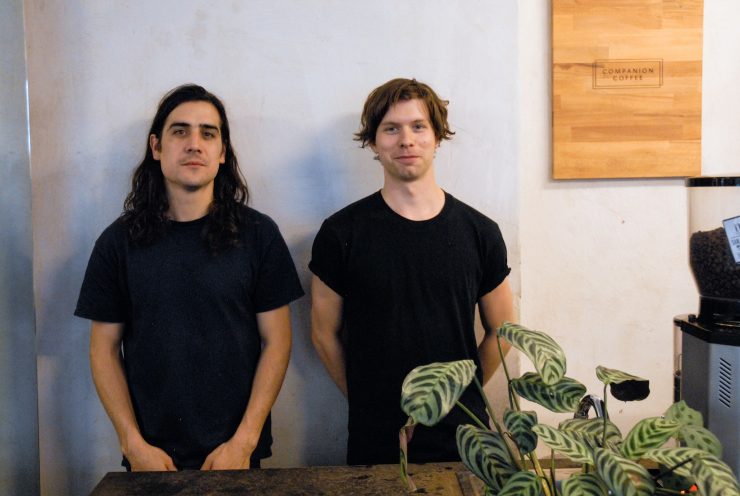
A world away from the greasy döner kebabs lining Kreuzberg’s Oranienstraße, duck through a driveway to reach a bike-filled inner courtyard and the neon-green sign of Voo, a former locksmith repurposed as a fashion concept store. Inside, you’ll find Companion Coffee, serving up arguably Berlin’s finest and friendliest espresso.
While CK Voo, a side-incarnation of Prenzlauer Berg’s Café CK, warmed the corner mezzanine space for two years, its departure in 2012 timed serendipitously with Shawn Barber and Chris Onton’s decision to branch out on their own.
Hailing from Vancouver and Perth respectively, Barber and Onton met in 2010 as two of the first baristas in uniform flannels at Mitte institution The Barn. Both had worked extensively in various specialty coffee roles around the world, and when Barber returned to Berlin to help Ralf Rüller set up The Barn Roastery in 2012, he and Onton began hatching plans to go it alone.
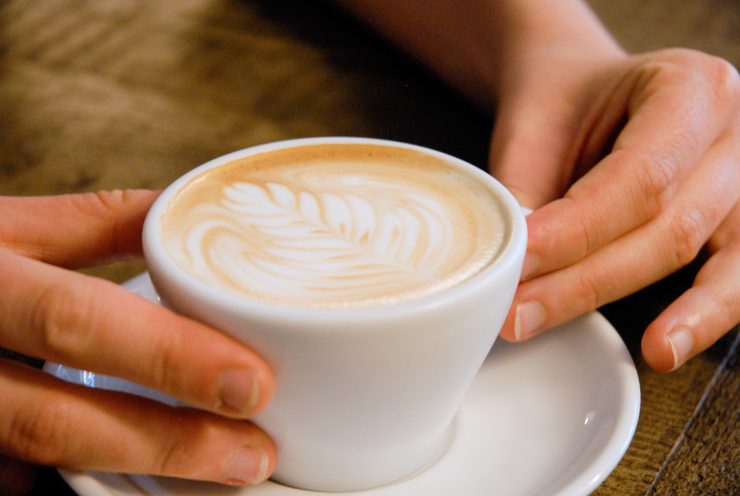
“We decided we wanted to do something, so we came in here cold and spoke to Yasin [Müjdeci, Voo co-owner],” said Barber. “After some convincing, he told us we could open something here if we could have it open in three weeks.”
The pair scrambled to meet their deadline, picking a name and even borrowing a machine from Pro Macchina. They inherited only one freestanding bathtub of ferns, two artfully lopsided chairs by Danish designer Sigurd Larsen, and a concrete counter. “We had this smaller rented machine—” Barber began, quickly finished by Onton, “Powered by a rat running in a wheel.” Barber grinned, and continued, “I remember the first day, being here for nine hours and making like three coffees.”
The space remains tiny but the two-man operation has grown considerably; today, the baristas are on first-name terms with many of the guests who spill over the four tables, stairs, and chat at the bar.
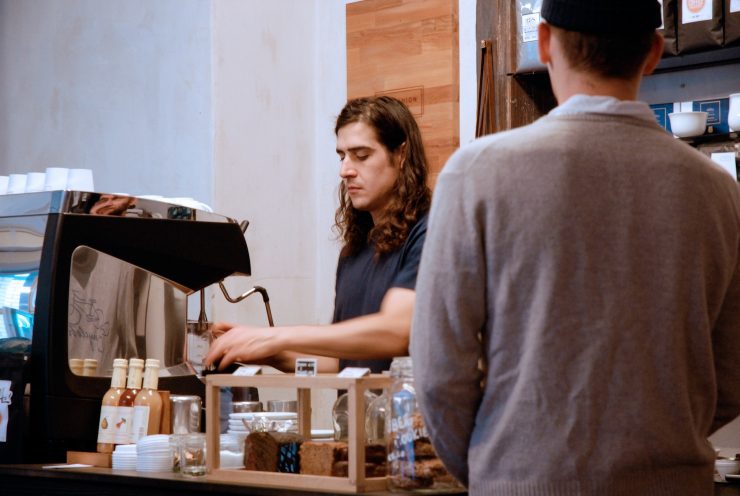
Powered by one Anfim Super Caimano titanium grinder and a Nuova Simonelli Aurelia T2 machine stripped of all bells and whistles, Companion have stuck to their purist model: they offer a full espresso menu, no filter, with just one ever-rotating grind at a time. Shelves hold beans from two or three roasteries, swapping every 1-2 weeks. On my visits, I tried a smooth El Salvador San Felipe espresso from UK roaster Notes, nutty with notes of red berries, while beans from Square Mile, Koppi, and The Barn were available to take home. Drop Coffee and Casino Mocca also feature regularly among the 50-60 (mostly European) roasters showcased since Companion Coffee opened, while Black Isle Bakery’s scrumptious brownies remain a constant.
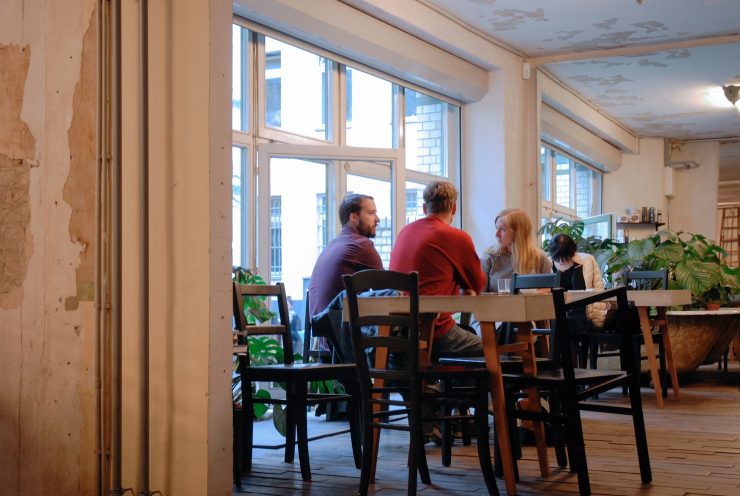
Profits are used to build out the business, and the pair cater, train, and consult. Being Berlin, this means visiting a lot of start-ups, from latte-art training for Google, designing and installing the coffee bar for SoundCloud, to seminars in what Barber described as “this crazy James Bond loft start-up on top of Hackesche Hofë.”
They also helped set up and train staff for a number of cafes—most recently the new Luzia Istanbul (owned by Voo brother Kaan Müjdeci), as well as Berlin’s Am Ende der Welt in Mitte-Wedding, mentoring owners Ali Märtens and Björn Schruder—though the humble pair blushed at the term: “I don’t know if it’s ‘mentoring’,” began Onton, to which Barber clarified, “More like a friendship where we get more credit than is deserved.”
Märtens and Schruder, two bike couriers and home barista enthusiasts who talked coffee all day with the pair at The Barn, were inspired to open their own place. In turn, they helped Barber and Onton navigate the German bureaucracy when they later set up Companion, exemplifying the supportive nature of Berlin’s networked coffee community.
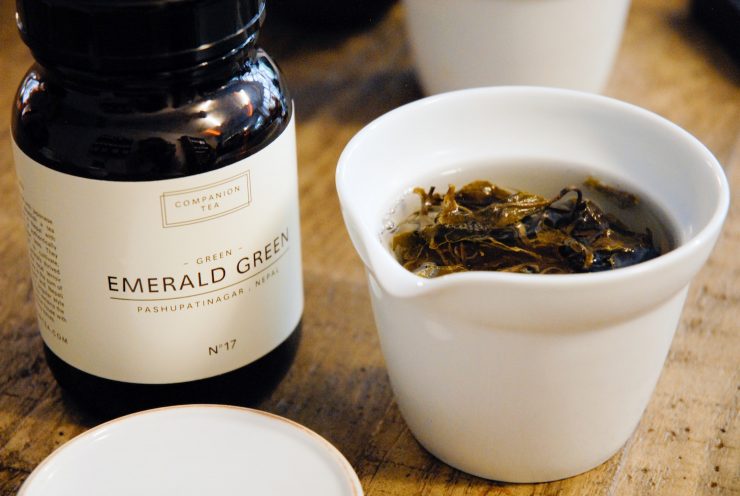
Since opening, a surprising adventure has been Companion’s dive into the tea scene, motivated by the same ethics driving the specialty coffee industry. Following trips to source high-quality, ethically produced, single-estate teas, the pair now imports and wholesales small batches of black, green, and oolong tea from India, Nepal, Japan, Taiwan, and Indonesia under the label Companion Tea. Big on transparency, their labels provide detailed information including territory, harvest, and brewing notes.
“It’s weird that nobody in the tea industry puts where the tea is from,” said Barber. “I feel there’s a huge history of blending and flavouring. Having a really good stand-alone tea is something that’s only becoming popular now. And so when you do find one—because you buy tea in such a finished product, and because it’s such big business—there’s a tendency for buyers to protect themselves. They think, ‘If we include more information, someone else will contact that farm and buy the same tea.’ I guess for us, we believe in the farms that we work with enough that it’s like, please do! That farm could use more business.”
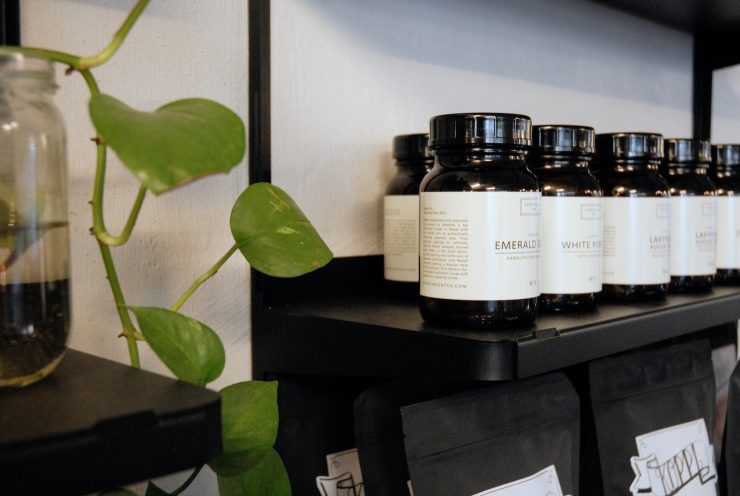
Travelling to India and Nepal for tea for the first time last year, Barber hopped aboard an overcrowded bus of tea farmers to visit a number of remote micro-farms. “That’s how we found a big chunk of the teas we have,” he said, picking up a jar of White Forest, a Nepalese oolong from Pathivara, about 2,300 metres at the highest point in the Himalayas. “This was probably the craziest adventure our bus took… We drove for ten hours, going through these mountain areas where there are no roads. I thought we were going to die. We got there though and they were so excited that I was coming that they caught a deer for me—not to eat, but just to show me the wildlife in the area. Super charming. But I couldn’t stay long; I had to catch a flight. They had just finished picking the tea and it was still first flush leaves. We got to work: withered it, dried it, finished all the steps, and went to sleep at 3am. We woke up at 6:30am and did a cupping of the teas on this stone table overlooking the Himalayan mountain range, then they boxed it up in a chest for me and I threw it up on top of the van and left. Now it’s here.”
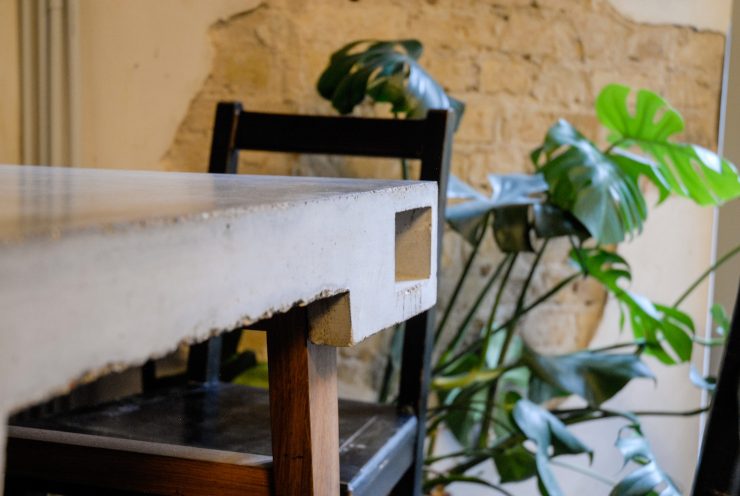
Also served in the cafe, the seasonal teas are steeped first in a clay pot and then poured into 1660 London ceramic cups—one shape for green teas, another for fragrant and black teas, to better distribute flavours across the palate. The Emerald Green from Pashupatinagar, Nepal, is a soft, delicate green tea with notes of umami; while the Tieguanyin is a Sumatran roasted oolong with tightly-rolled leaves, apparently favoured by coffee lovers for its robust, punchy flavour.
For now, Companion directs all profits back into its tea operation. Barber explained the decision, “About a year ago, Chris and I had lots of heart-to-hearts about what direction we should take. We’ve had opportunities to open up bigger spaces, but at the end of the day, we both feel super passionate about tea. We have a lot to learn, and that’s interesting, but there’s also a huge opportunity to really up the tea game.” And what could be a better companion to coffee?
Annabel Brady-Brown is a freelance journalist based in Berlin, writing for ExBerliner and more. Read more Annabel Brady-Brown on Sprudge.
Photos by Alice Connew for Sprudge.com.




